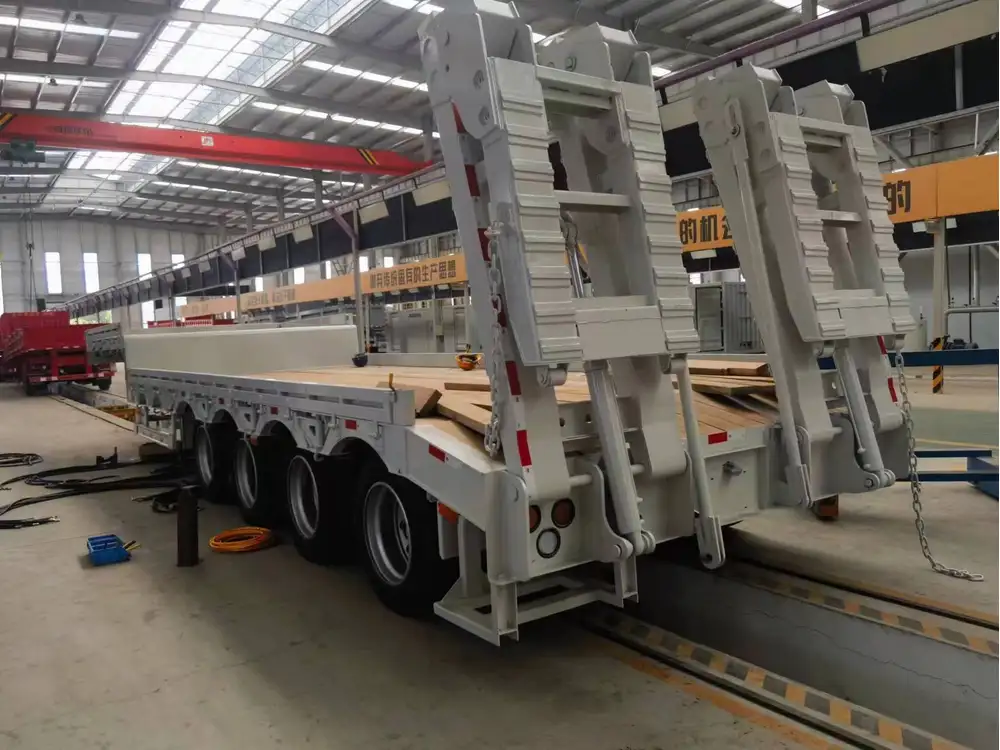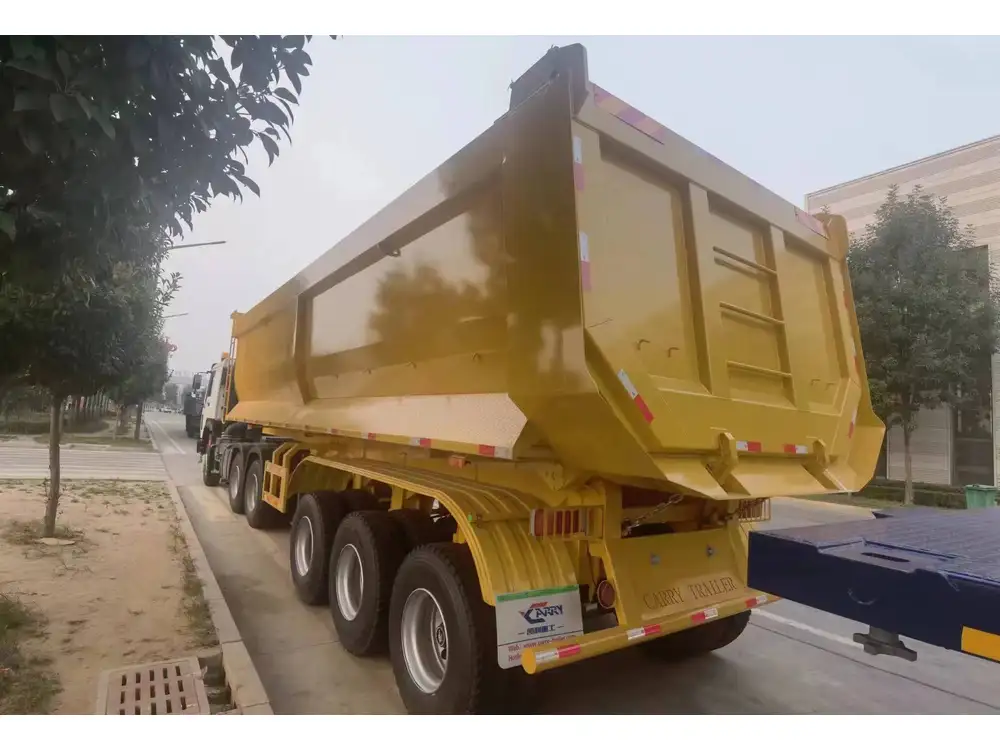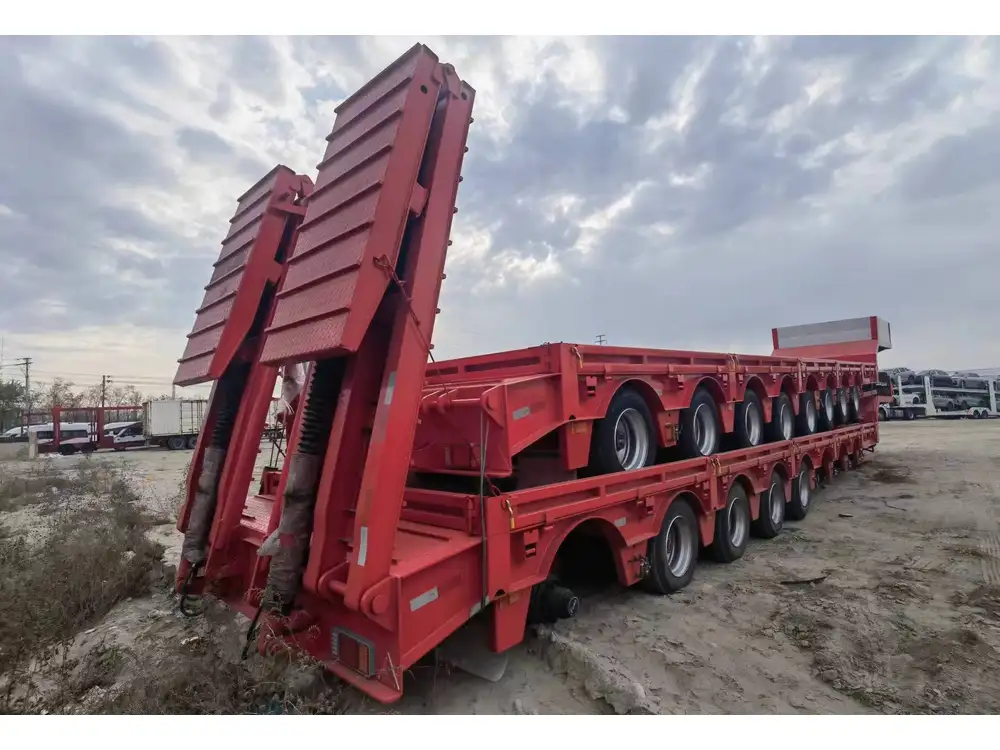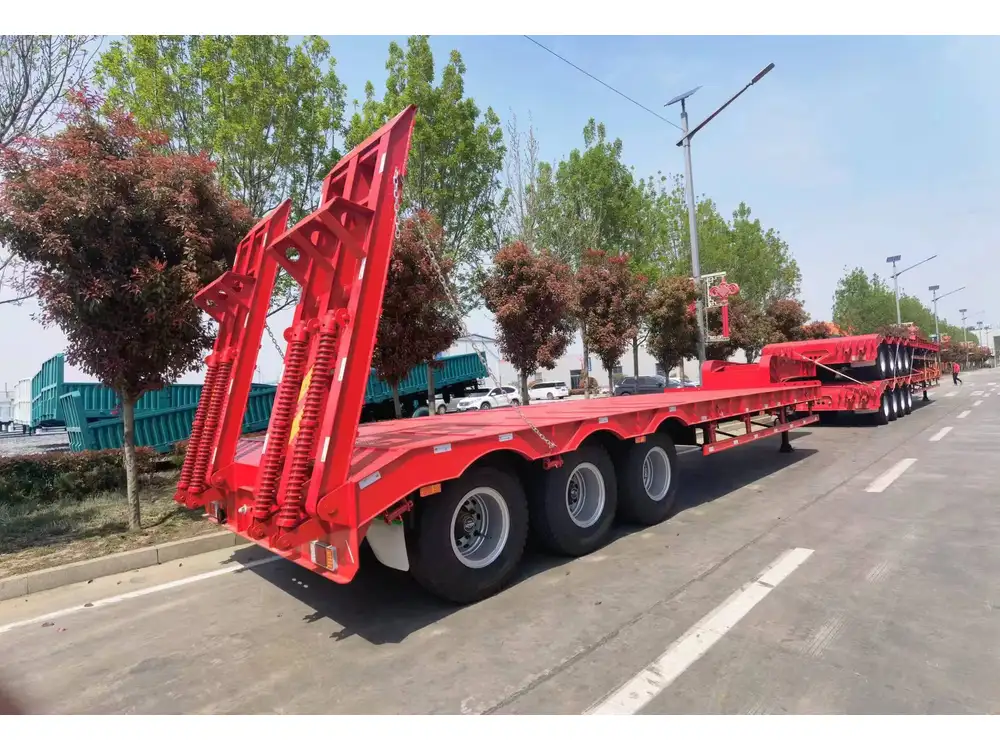Introduction to the Semi-Tractor Trailer
In the vast landscape of logistics and transportation, the semi-tractor trailer stands as a pivotal component, essential for distributing goods across long distances. This intricate assembly, also commonly referred to as a truck-trailer combination, is the backbone of the supply chain, facilitating the movement of a myriad of products. So, what exactly is a semi-tractor trailer called? Let’s delve into the specifics, uncover the terminology, and explore its functionalities.
What Is a Semi-Tractor Trailer Called?
The semi-tractor trailer can be referred to by several terms, and knowledge about these terms is crucial for anyone involved in the trucking or logistics industries:
| Common Names | Description |
|---|---|
| Semi-Truck | This term encompasses both the tractor (the front part) and the trailer. |
| Tractor-Trailer | This term specifically points to the two components combined. |
| Articulated Vehicle | Refers to the hinge-point connection between the tractor and trailer. |
| 18-Wheeler | A popular colloquial term denoting the total number of wheels (18) present. |
| Freightliner | A brand-specific term often used colloquially for semi tractors. |

The Anatomy of a Semi-Tractor Trailer
1. The Tractor Unit
The tractor is the powerful front portion of the semi-trailer, equipped with a robust engine, chassis, and cab that houses the driver. It is designed to pull the trailer and possesses a fifth wheel coupling mechanism that connects to the trailer’s kingpin.
- Key Features of the Tractor:
- Engine Power: Ranges from 200 to 600+ horsepower depending on the model and load requirements.
- Transmission: Options include manual, automatic, and automated manual transmissions for improved fuel efficiency and driver comfort.
- Cab Design: Single or dual sleeper configurations cater to long-haul configurations, enhancing driver rest and comfort.
2. The Trailer
The trailer is the rear section, responsible for carrying cargo. Semi-trailers come in various types, suited for specific cargo needs:
- Flatbed Trailers: Ideal for heavy, oversized loads that need to be loaded from the top or sides.
- Reefer Trailers: Equipped with temperature control systems for perishable goods.
- Dry Van Trailers: Enclosed units designed to protect cargo from environmental elements.

3. Coupling System
The coupling system, specifically the fifth wheel, is a critical component connecting the tractor to the trailer. It allows for articulation, enabling smooth turning and maneuverability.
4. Axles and Wheels
Most semi-trailers utilize tandem axles—two axles placed close together—that distribute weight more evenly and provide better handling underload.
The Role of a Semi-Tractor Trailer in Transportation

Enhanced Mobility and Logistics
Semi-truck trailers revolutionized freight transport by offering flexibility, efficiency, and substantial carrying capacity. The ability to detach and lock trailers increases operational efficiency, allowing for multiple trailers to be transported while the tractor can continue its routes unencumbered.
Economic Significance
The logistics and transportation sector, prominently supported by semi-truck trailers, contributes significantly to global economies. They enable:
- Cross-State and International Trade: Facilitating the seamless movement of goods across regions.
- Job Creation: Support for millions of jobs in driving, shipping, and mechanics.
- Cost-Effective Transport Solutions: Large payload capacities lead to reduced costs per ton-mile.
How Do Semi-Tractor Trailers Operate?
Understanding the operational aspects of a semi-tractor trailer provides clarity on its pivotal role in transportation.

1. Load Management
Proper load distribution across the trailer is vital for safe transport. Below are some guidelines to ensure optimal load management:
| Load Type | Guidelines |
|---|---|
| Heavy Cargo | Position heavy items near the front of the trailer to maintain balance. |
| Light Cargo | Place lighter items towards the rear to avoid overloading the front axle. |
| Liquid Cargo | Use baffles and ensure stabilization to prevent sloshing during transit. |
2. Safety Regulations
Semi-trailer operations are governed by strict safety regulations. Key aspects include:
- Weight Limits: Adhering to state and federal weight limits to maintain road safety.
- Driver Certification: Commercial drivers must hold a valid Commercial Driver’s License (CDL).
- Vehicle Maintenance: Regular inspections and maintenance checks ensure safety and reliability on the road.
3. Maneuvering and Handling
The size and weight of semi-trucks require specialized driving skills. Critical handling tips include:
- Turning Radius Awareness: Tractors require a larger turning radius, so extra caution is needed at intersections and turns.
- Braking Distance: Due to their weight, a longer distance is required to come to a complete stop.
- Lane Changes: Always check blind spots and use turn signals for safe lane changes.

Challenges Faced by Semi-Tractor Trailers
While semi-trailer trucks play an indispensable role in logistics, they also encounter various challenges:
1. Regulations and Compliance
Navigating through the myriad of federal and state regulations can be burdensome. Regulatory frameworks target safety, emissions, and driver working conditions.
2. Infrastructure Limitations
Aging infrastructure, including bridges and roadways, poses significant challenges. Many roadways are not engineered to handle heavy loads, leading to potential hazards.

3. Environmental Impact
The trucking industry faces scrutiny for its carbon footprint. While advances are made in utilizing alternative fuels, reducing emissions remains a pressing issue.
4. Driver Shortage
A growing demand for qualified drivers has surged in recent years. Factors contributing to this shortage include long hours and inadequate compensation.
Future of the Semi-Tractor Trailer Industry

Innovations in Technology
- Autonomous Vehicles: Advancements in self-driving technology have the potential to reshape operations, reducing labor costs and increasing efficiency.
- Telematics Systems: Enhanced tracking and monitoring systems enable real-time data analysis for route optimization and load management.
- Alternative Fuels: The shift towards electric and hybrid trucks represents a commitment to sustainability and reducing dependency on fossil fuels.
Evolving Market Dynamics
Market demands are continually changing, leading to innovations in semi-trailer designs to accommodate the needs of e-commerce and just-in-time delivery models.
Conclusion
To encapsulate the intricate dynamics of semi-tractor trailers, it is essential to comprehend not just what they are called or how they function, but also their substantial influence on logistics, their operational challenges, and future trends shaping the industry. This understanding equips stakeholders—from manufacturers to logistics providers—with the knowledge necessary to navigate this complex sector adeptly.
By leveraging innovations and addressing prevailing challenges, the semi-tractor trailer continues to evolve, solidifying its status as a cornerstone of modern transportation. As the industry adapts, the potential to unlock new efficiencies and reduce environmental impacts remains high, paving the way for a more sustainable future in logistics.



